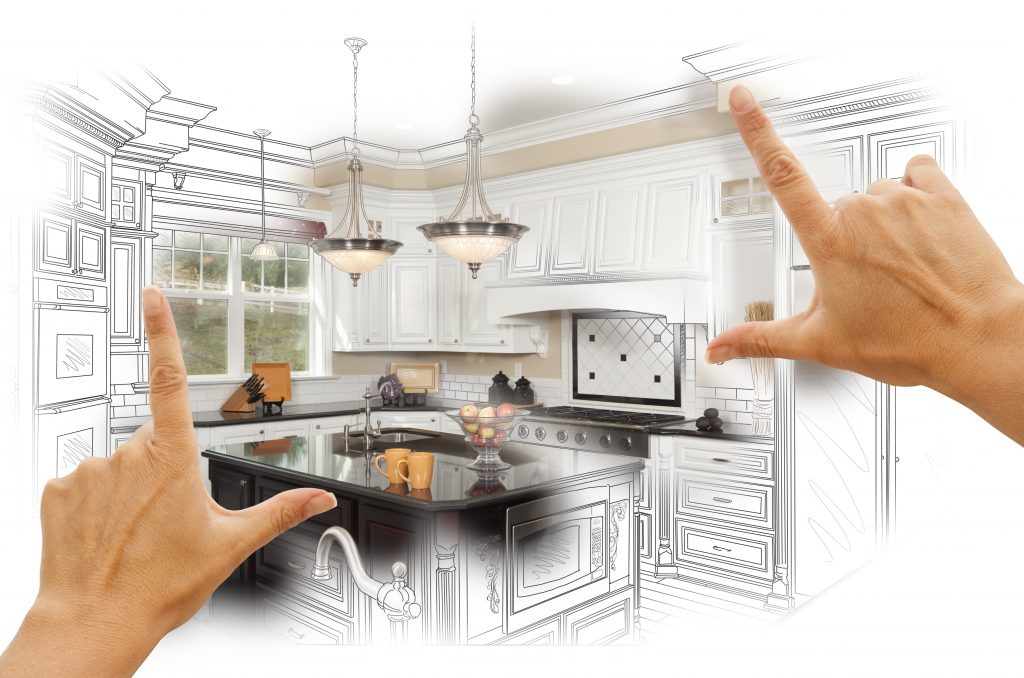Canopies offer a quick and simple shade solution for patios, decks, pools, outdoor dining areas or other exterior spaces. The shade can help prevent overexposure to the sun’s harmful rays, which can cause long-term skin damage. Adding a canopy can also improve the appearance of the space and provide an area for outdoor relaxing or entertaining. Canopies are often confused with tents, but they can serve different purposes. The main difference is that a canopy is typically designed to provide a permanent structure with sides and a roof, while a tent provides a temporary shelter for a special event.
Many people enjoy using canopies to create shade and to enhance the visual appeal of their home or business. In addition to their aesthetic benefits, they also add value and can help reduce cooling costs. Canopies can be built in various sizes and styles, including tent shapes, domes, or structures that resemble buildings or walkways. They are also relatively easy to erect, unlike other structures such as pergolas and trellises.
The term “canopy” is also used to describe the amount of leaves and branches that a tree or group of trees cover in an urban or natural environment. Forest canopies are important for a variety of reasons, such as reducing energy costs, promoting air quality and biodiversity, supporting local green industry jobs, supplying wood based products, and beautifying gray infrastructure. They also play an important role in mitigating future atmospheric CO2 increase and climate change.
While awnings are similar to canopies, they differ in several ways. Awnings are attached to the wall of a building, while canopies stand alone and can be moved from one place to another. Canopies can also be fitted over outdoor spaces that are detached from the house, such as a yard or garage.
To install a canopy, you will first need to prepare the site for the installation. It is recommended that you have two people to set up a canopy, as the frame can be heavy and difficult to maneuver. Once the canopy installation nationwide is ready to go, you can begin to expand it by inserting the corner poles into their corresponding holes and connecting them to the frame. Once the canopy is at full extension, you can then lock it in place.
Regularly checking your canopy’s roof for stains, punctures, cracks and other signs of wear and tear will ensure that it continues to provide adequate protection from the elements. For fabric-roof canopies, it is also important to check the seams and connections for rips, holes or snags. If you notice any issues, be sure to repair them promptly to prevent further damage and keep your canopy in good condition.

